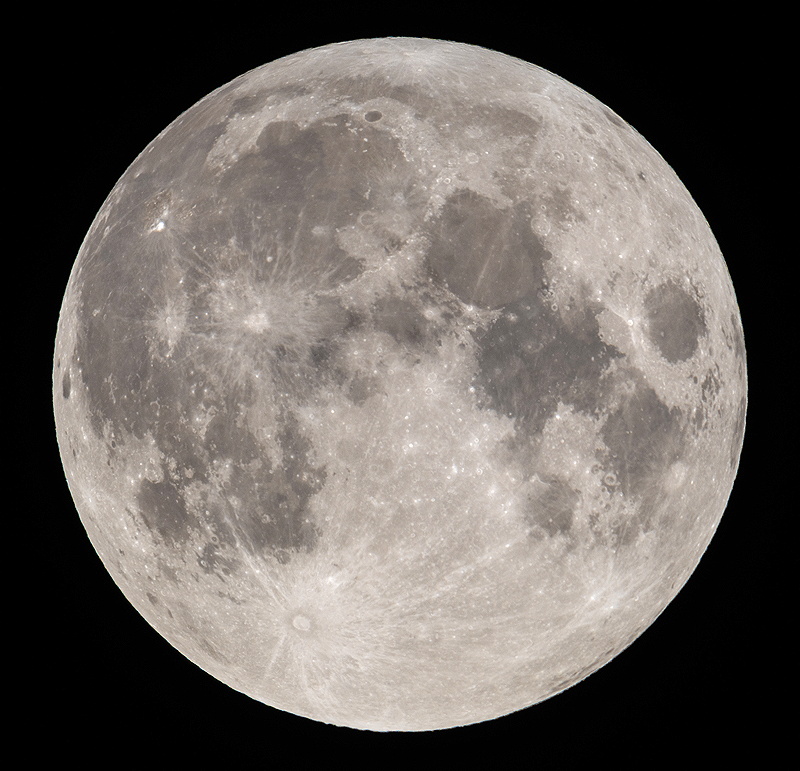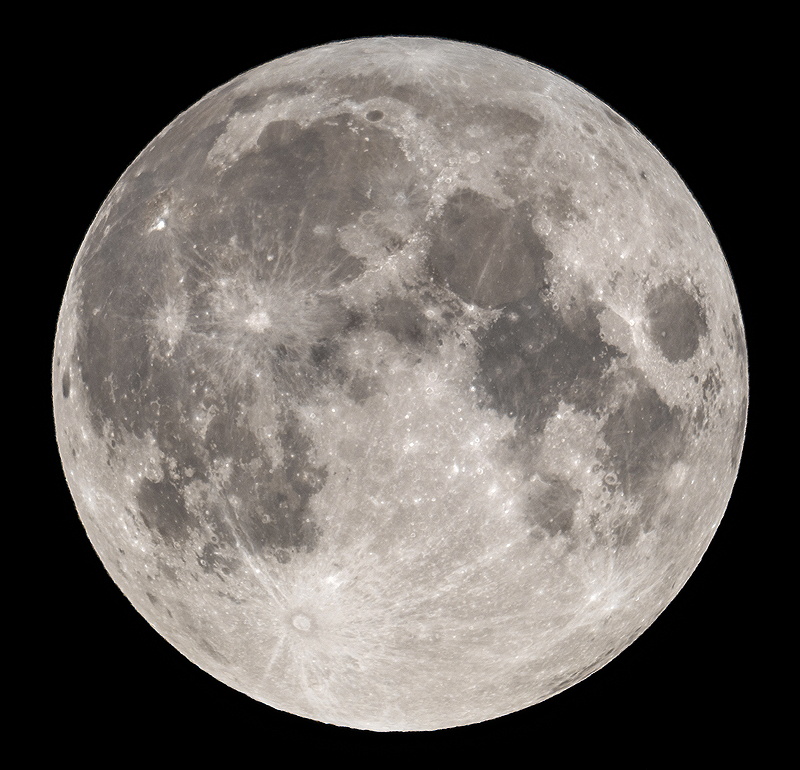Supernova 2020nlb, Penumbral Lunar Eclipse
Posted: 5 July 2020
Saturday, 4 July 2020, dawned mostly clear. The Bighorn Fire had grown very little in recent days and was 73% contained, with full containment expected soon thanks to the tremendous work of firefighters from around the country. With the decrease in fire activity and the high containment (75% Sunday morning), it is now a "Type 2 incident". It had been the more serious "Type 1 incident" since 6 June. Oracle still remains in the READY evacuation status.
|
Open: Saturday, 4 July 2020, 1912 MST Temperature: 95°F |
Session: 1495 Conditions: Clear |
Equipment:
12" f/8 LX600 w/StarLock
2" 24mm UWA eyepiece
2" 17mm 92° eyepiece
2" 12mm 92° eyepiece
2" 9mm 120° eyepiece
Camera:
iPhone 11 Pro Max
D850 DSLR
After opening the observatory I relaxed on the observatory patio bench for awhile.
1937 MST: sunset.
2000 MST: LX600 ON, StarLock OFF, High Precision OFF.
SYNCed on the star Denebola. Slewed to M85 (galaxy), not yet visible against bright twilight sky. Returned to the bench to wait for the sky to get darker.
2022 MST: M85 was faintly visible, 102X. The Full Moon was about to rise over the hill to the southeast. I prepared the D850 DSLR for imaging.
2030 MST: visually observed Supernova 2020nlb in M85 (galaxy), 143X. It was faint but obvious. This was my first visual sighting of the supernova, so it does continue to brighten.
2036 MST: the Full Moon was rising over the hill. The constellation of Scorpius is just right of center in this handheld iPhone 11 Pro Max photo taken with the Camera app (Night Mode, 3 seconds, 1X lens).

2043 MST: viewed the Moon through the tree branches, 143X. Then returned to the bench.
The observatory was nicely illuminated by the Full Moon, as seen in this handheld iPhone 11 Pro Max photo taken with the Camera app (Night Mode, 3 seconds, 1X lens).

2101 MST: mounted the D850 DSLR at prime focus + focal reducer on the 12" telescope.
2105 MST: the Full Moon taken with the D850 DSLR at prime focus + focal reducer (1/500sec, ISO 100, cropped).

2109 MST: viewed the Full Moon, 12x50 binoculars. Pretty sight. Some color was even visible in the lunar maria. There was no visible penumbral shading from the eclipse.
2114 MST: Jupiter was rising over the hill.
2122 MST: the Full Moon and 12" LX600 telescope with the D850 DSLR aimed at the Moon, handheld iPhone 11 Pro Max photo taken with the Camera app (Night Mode, 3 seconds, 1X lens).

2131 MST: Maximum Penumbral Lunar Eclipse taken with the D850 DSLR at prime focus + focal reducer (1/500sec, ISO 100, cropped).

No penumbral shading was evident in the photo, nor in the 12x50 binoculars.
2135 MST: viewed Jupiter, 12x50 binoculars. The four Galilean Moons were visible.
I then did some more tests with the new Explore Scientific eyepieces for an upcoming review.
Viewed M6 (Butterfly Cluster, open star cluster), 143X. Also viewed Jupiter but seeing was very bad (probably from smoke from the Bighorn Fire or nearby fireworks). Saturn was hidden by a tree.
2207 MST: LX600 OFF.
|
Close: Saturday, 4 July 2020, 2227 MST Temperature: 80°F |
Session Length: 3h 15m Conditions: Clear |
Comments are welcome using Email. Twitter users can use the button below to tweet this report to their followers. Thanks.
Cassiopeia Observatory Home Page
Copyright ©2020 Michael L. Weasner / mweasner@me.com
URL = http://www.weasner.com/co/Reports/2020/07/05/index.html
